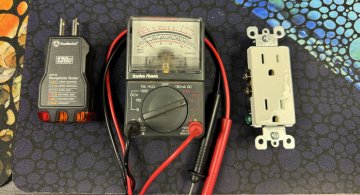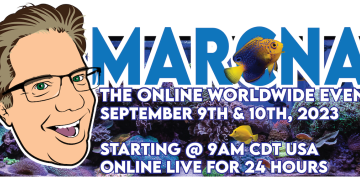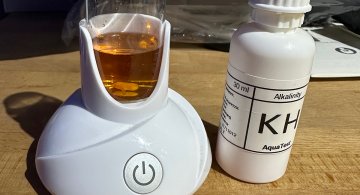Mon, 11/28/2005 - 02:48
Yesterday, all water parameters were tested and logged.
Then I changed out both Phosban Reactors with media, and used twice as much as last time. (12 heaping teaspoons per reactor) I also changed the carbon in the third reactor to help remove toxins from the water. All associated pumps were thoroughly cleaned.
Today, I tested the phosphate level, and it was .5 (dropped down from 1.0 yesterday). I then tested the effluent (the liquid coming out of the calcium reactor) for phosphate, and the PO4 level was 2.0 - ah, now I found a source of my ongoing problem.
I decided to pursue an idea for now.
I took a plastic tube that some reef putty came in, and drilled a bunch of tiny holes near the sealed end. I used the smallest drill bit I owned, and drilled about 15 or more holes around the perimeter.
Next I took some filterfloss batting, and rolled it up until it was thick enough to fill the inside diameter nicely without being incredibly dense. This was pushed down the tube to the base with a wooden spoon handle.
I added about 3 heaping teaspoons of Pura PHOSlock, then poured RO water through it until the water come out of the tiny holes completely clear.
Here was my cup before I started. The effluent drips into this cup 24 hours a day, and a pH controller probe measures the value. As necessary, the controller opens the valve to add CO2 to the Calcium Reactor, then shuts it off again when appropriate.
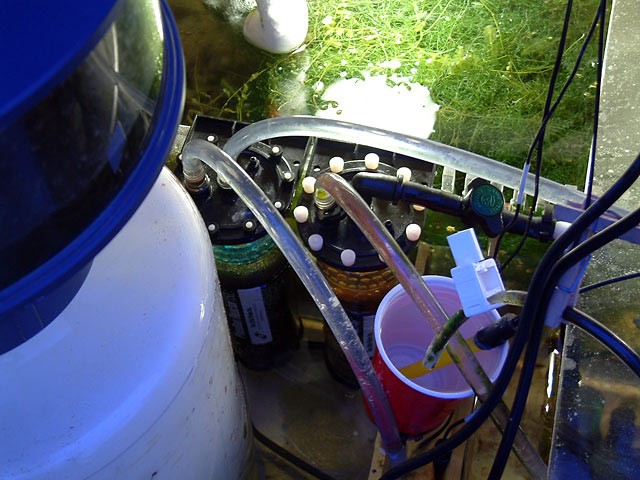
Here is the modification in place.
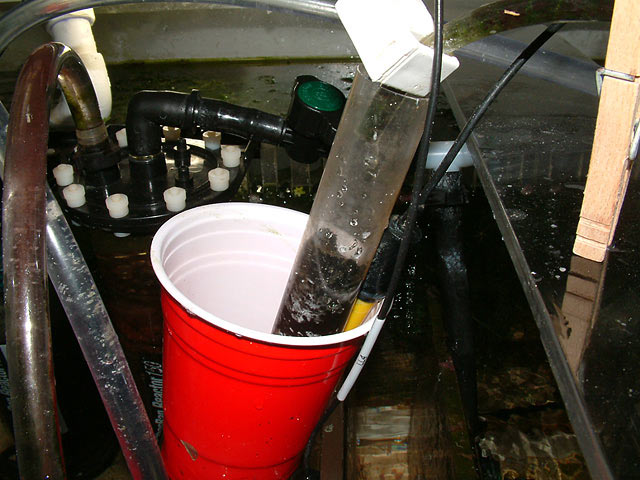
From another angle.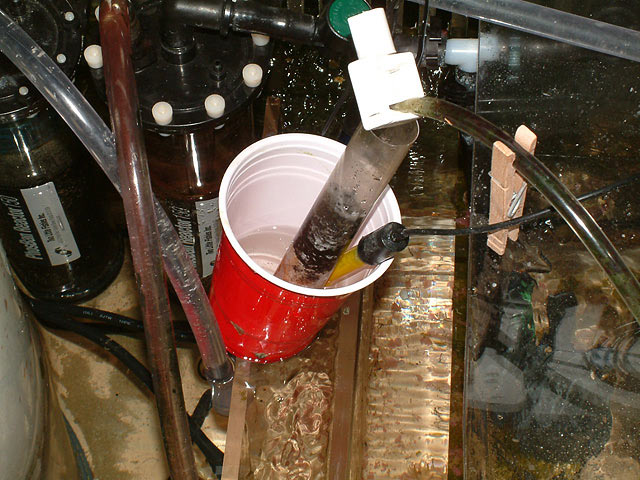
Here you can see the effluent dripping off the base, into the cup.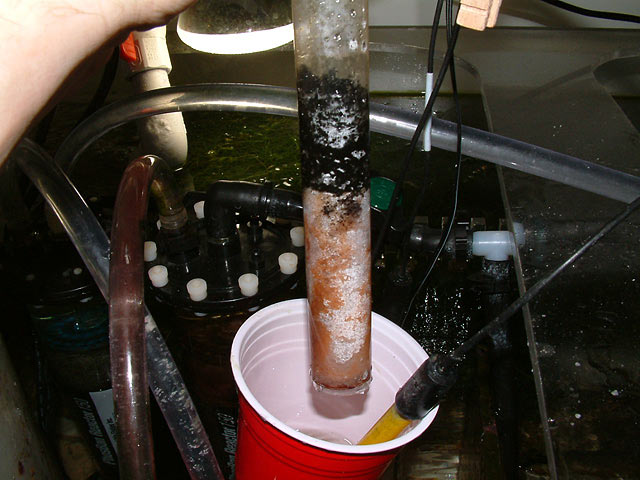
Since the effluent drips into the tube, I don't see it having a problem exiting with plenty of time.
10 minutes later....I decided to double check on my mini phosphate filter. It wasn't draining quite as quickly as necessary, since the cup is full of effluent now. So either more holes are necessary, or a shallower effluent cup might be better.
However, I tested the effluent for PO4 and it is 0! 

